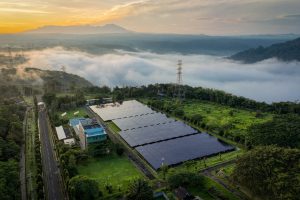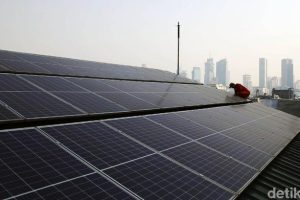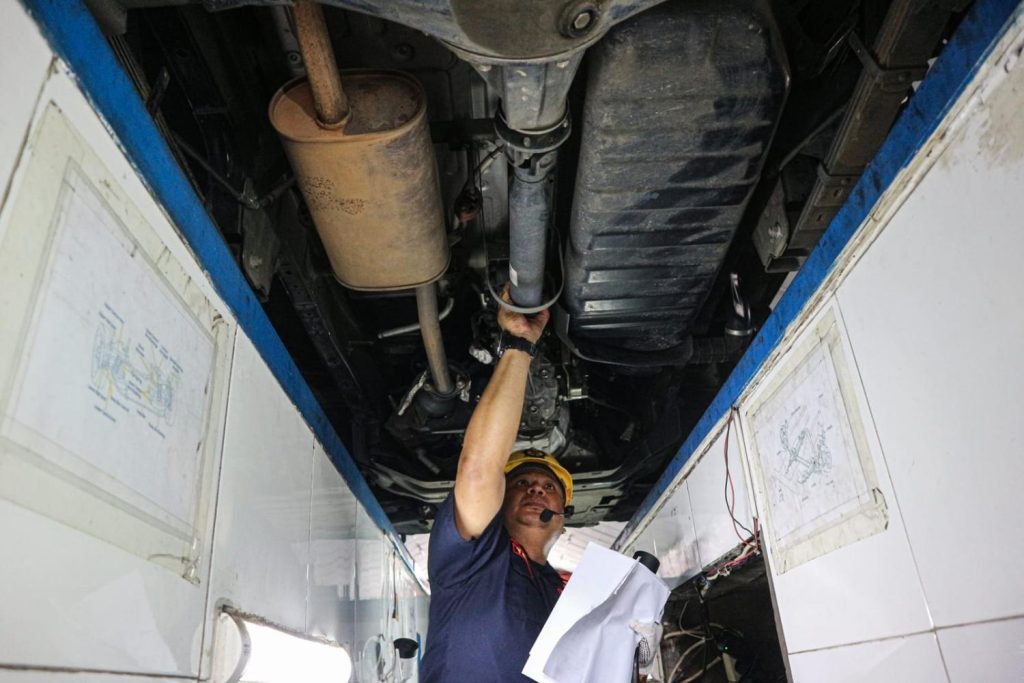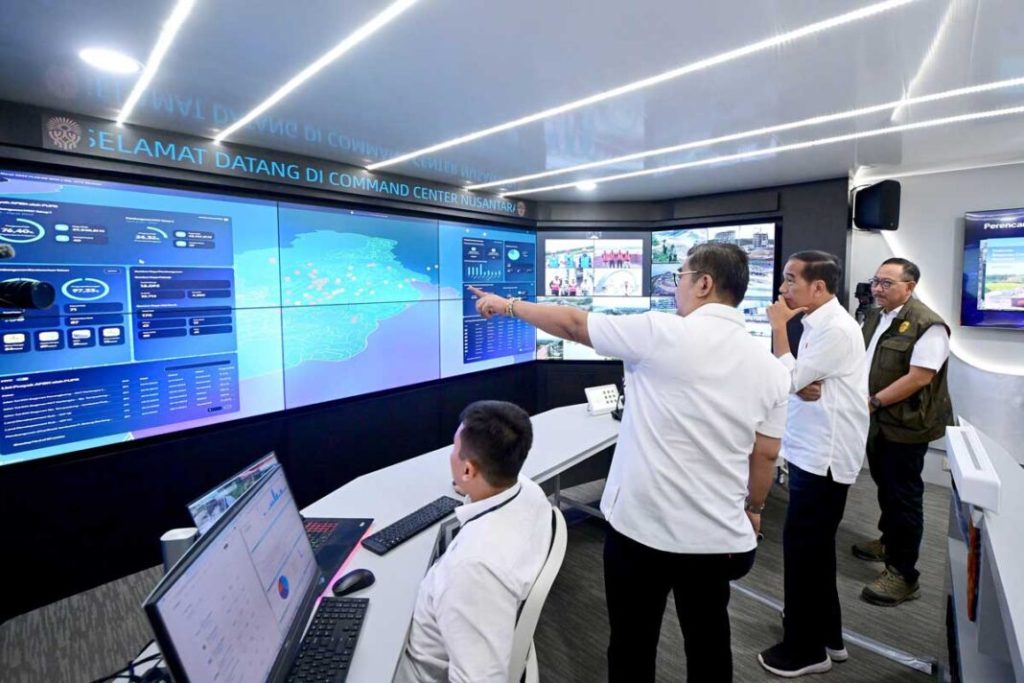The use of solar photovoltaics, or solar panels that convert sunlight to electricity, is growing rapidly around the world as it becomes more affordable.
In Indonesia, the cost of solar panel systems has fallen by 90% to around US$900 to US$1,200 per kWp (kilowatt-peak).
Indonesia must seize this opportunity and prioritise the deployment of solar power systems in its most remote and least developed regions. Research shows this approach could significantly boost livelihood and economic activities in those areas.
Energy access in remote regions
Indonesia’s solar power capacity has grown 250% in the past five years. From 43.1 megawatts (MW) in 2016, capacity reached 153.5MW in 2020. The government plans to increase this capacity 14-fold to 2.14 gigawatts (GW) by 2030.
On the other hand, in 2020, five Indonesian provinces had an electrification ratio of less than 95%, namely Central Kalimantan, Southeast Sulawesi, Maluku, Papua, and East Nusa Tenggara.
The government must consider that solar power generation is not only a vital means to accelerate the energy transition to renewable energy. It is also a way to ensure access to electricity in all regions – including remote and underdeveloped regions, and communities in Indonesia’s outermost areas.
Since 2017, for instance, energy-saving solar-powered lamps (LTSHEs) have been distributed to these areas to improve the national electrification ratio.
However, these LTSHEs provide only limited lighting for up to 6-8 hours a day.
Electrification shouldn’t just be about making lighting available. It means ensuring communities can use electricity reliably for a range of productive activities, including education and agriculture.
Ample sunlight offers opportunities
Indonesia has a solar irradiance intensity – the amount of energy that a certain area can potentially receive from sunlight – that varies from 3.6kWh to 6kWh per square metre per day.
The ample sunlight makes solar energy generation suitable for regions that are off-grid, or where connecting into the electricity grid is expensive and impractical. Unlike urban areas with access to electricity, solar panels could make a huge difference for communities in remote and disadvantaged areas.
In countries such as Nepal and India, off-grid electrification through the use of solar panels has even accelerated decarbonisation by reducing kerosene use. They have also improved education for children and boosted incomes in many communities.
What are the challenges of solar electrification?
There are, however, several challenges in providing solar electricity in remote regions.
For starters, an off-grid solar power system requires more advanced technology than on-grid systems. Off-grid systems need different types of batteries to store energy. They also need inverters to convert the electricity from those batteries for use in home appliances.
These additional requirements double or triple the cost of an off-grid system, which can be unattractive for investors.
These batteries and technologies also require maintenance, monitoring, evaluation and eventually replacement, which could be a challenge for local communities.
What are the possible solutions?
There are several options to overcome such problems.
Some examples include a combination of financial and non-financial incentives from the government, better community engagement and long-term community development, in addition to ongoing LTSHE programs.
First, the government can introduce programs that focus on the 3Ds – decarbonisation, decentralisation and digitalisation.
This might mean, for instance, upgrading the capacity of Village-Owned Enterprises (BUMDes Bersama) to better manage off-grid systems and appointing effective regional leaders as role models, while at the same time developing local economic growth.
Various financing schemes can be used to sustain solar energy initiatives. Examples include blended finance (raising money from both government and private sources) and crowdfunding.
The Indonesian Investment Authority (OJK) has said it will prioritise renewable energy in the recently formed sovereign wealth fund. This is a great opportunity for the fund to focus more on energy development in remote regions.
However, such programs should also pay attention to communities’ willingness and ability to pay for these programs themselves.
Pay-as-you-go or digitalised supported schemes, such as through the agriculture trading platform Sinari Generasi Indonesia where communities can pay with agricultural products, can be used as an example.
Second, the government must consider employing solar power for business sectors that have traditionally not been electrified.
This can help improve productivity and make payment systems more efficient in agriculture, fisheries, local crafts, and other small business sectors.
Third, implementing smart microgrids – electrical systems equipped with automatic or Smart Meter – could boost community participation by allowing them to become both producers and consumers through solar home systems.
Fourth, the government can provide incentives such as lower tax to develop the manufacturing of domestic solar panels. This reduces cost while increasing the quality of domestic solar panels.
Lastly, the government must accelerate the digitalisation of maps and local borders in remote and underdeveloped regions.
Having clear borders will minimise potential land-related problems in those areas. This will be particularly important as the development of large-scale solar power plants becomes more prevalent.
If these challenges can be addressed, then solar energy can be Indonesia’s trump card to provide electricity for its most remote regions. This will enhance its people’s productivity, while supporting the government’s target of reaching 23% renewable energy in the energy mix by 2025.
Disclaimer: This opinion piece is the author(s) own and does not necessarily represent opinions of the Purnomo Yusgiantoro Center (PYC).
This opinion has been published on The Conversation.
Check the original article by clicking on this text.










